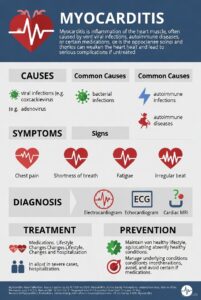Nursing History
- Subject Data
- Important Health Information
- Past health history
- Major childhood and adult illnesses, injuries, hospitalizations, and surgeries
- Medications
- Past and current medications, including prescription and illicit drugs, over-the-counter drugs, vitamins, herbs, and dietary supplements.
- Question older adult and chronically ill patients about medication routines.
- Allergies
- Fully explore the patient’s history of allergies to drugs, latex, contrast media, food, and the environment
- Surgery or other treatments
- Record all surgeries, along with the date of the event, reason for the surgery, and outcome
- Past health history
- Functional Health Patterns
- Health perception–health management pattern
- Ask the patient to describe his or her personal health and any concerns about it
- Explore the patient’s feelings of effectiveness at staying healthy by asking what helps and what hinders his or her well-being.
- Ask the patient to rate his or her health as excellent, good, fair, or poor, and record this information in the patient’s own words, if possible
- The questions for this pattern also seek to identify risk factors by obtaining a thorough family history (e.g., cardiac disease, cancer, genetic disorders), history of personal health habits (e.g., tobacco, alcohol, drug use), and history of exposure to environmental hazards (e.g., asbestos).
- Nutritional-metabolic pattern
- If a problem is identified, ask the patient to keep a 3-day food diary for a more careful analysis of dietary intake.
- Assess the impact of psychologic factors such as depression, anxiety, stress, and self-concept on nutrition.
- Determine socioeconomic and cultural factors such as food budget, who prepares the meals, and food preferences.
- Elimination pattern
- Activity-exercise pattern
- Sleep-rest pattern
- Cognitive-perceptual pattern
- Self-perception–self-concept pattern
- Role-relationship pattern
- Sexuality-reproductive pattern
- Coping–stress tolerance pattern
- Value-belief pattern
- Document the patient’s ethnic background and effects of culture and beliefs on health practices
- Health perception–health management pattern
- Important Health Information




